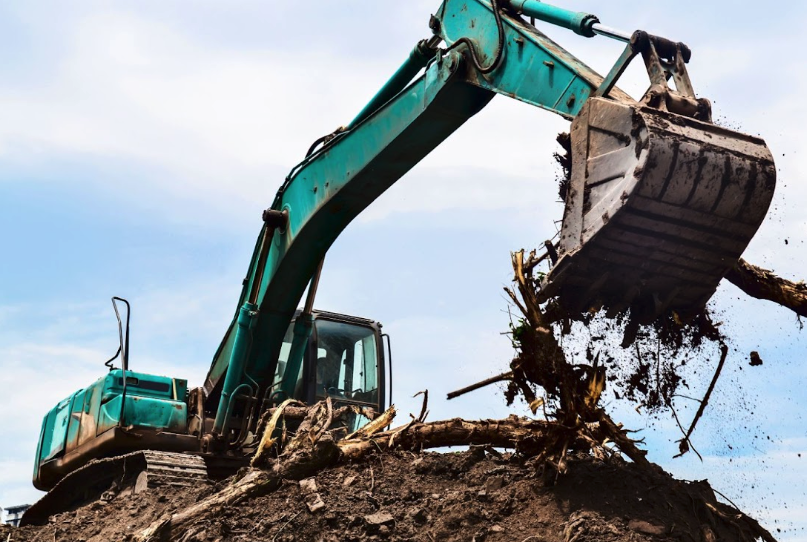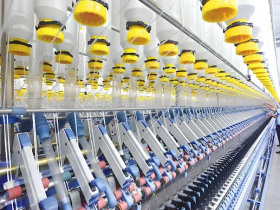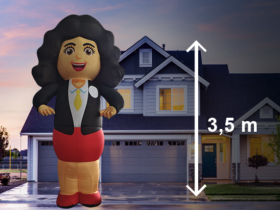Introduction
Cleared vegetation is more often a cost than an asset, but it doesn’t have to be. With the right plan, mulch and wood from clearing becomes erosion control, compost, landscape material, or even revenue. If you’re managing land clearing in Fort Myers, reusing vegetation reduces hauling, stabilizes the site, and improves final landscaping.
What this really means is: plan for reuse before you cut anything.
Start with a debris inventory
Before clearing begins, take inventory: merchantable timber, chips for mulch, compostable material, and invasive species that must be handled separately. Mark stockpile and chip zones on your site plan and keep them out of buffers and drainage paths.
An early inventory guides equipment and labor choices and avoids double handling.
Chipping and mulching on-site
Mobile chippers convert branches and small trunks into mulch you can spread immediately for stabilization. Mulch reduces erosion, retains moisture for new plantings, and gives you a quick cosmetic finish.
Keep chip piles uphill of buffers and cover them if a rain event is coming. Use chips on slopes, trails, or as temporary mulch until permanent plantings establish.
Stump grinding instead of pulling
Grinding stumps disturbs less soil than full extraction. The grindings can be integrated into future topsoil blends or used as mulch. Stump grinding is faster, cheaper, and typically less destructive to nearby retained trees.
Plan for grinder access before clearing so you don’t crush root zones to bring the machine in.
Composting to improve sandy soils
Sandy Florida soils benefit dramatically from compost. Leaves and fine woody material compost down into an amendment that increases moisture retention and supports native plantings. Set aside a small yard for windrow composting, or contract with a local composting facility.
Compost is a long-term soil value that reduces irrigation and maintenance costs for landscaping.
Sell or salvage merchantable timber
If merchantable logs exist, arrange a timber sale or salvage. Protect haul routes and staging areas to avoid rutting and unnecessary disturbance. Document the sale and hauling for permitting records.
Selling timber offsets clearing costs and reduces on-site biomass volumes.
Avoid reusing invasive species
Some species resprout from chips and root fragments. Identify invasives during inventory and route them for disposal in compliance with local rules. Don’t contaminate mulch or compost piles with invasives.
Treat invasive biomass as a separate waste stream.
Create on-site amenities from larger pieces
Large logs and root wads can be turned into site features: natural benches, erosion-resistant edging, or wildlife habitat piles. Thoughtful placement of large wood elements adds value and reduces disposal costs.
Coordinate these uses with landscape plans and permits.
Partner with the community
Donate excess mulch or compost to parks, community gardens, or neighborhood groups. Municipalities often welcome free material for public landscaping. Community partnerships reduce disposal burden and build goodwill.
Document the reuse plan for permits
Include your reuse plan in permit packages if operators ask. Agencies often favor projects that reduce waste and propose on-site stabilization strategies. Documentation shows you thought through impacts and maintenance.
Conclusion
If you’re overseeing fort myers land clearing, reuse is a practical tool. Chip and mulch, grind stumps, compost fine material, salvage timber, and repurpose larger wood into site features. Keep invasives separate, document the plan for agencies, and partner with the community where possible. Reuse reduces costs and leads to a cleaner, more stable site.










Leave a Reply